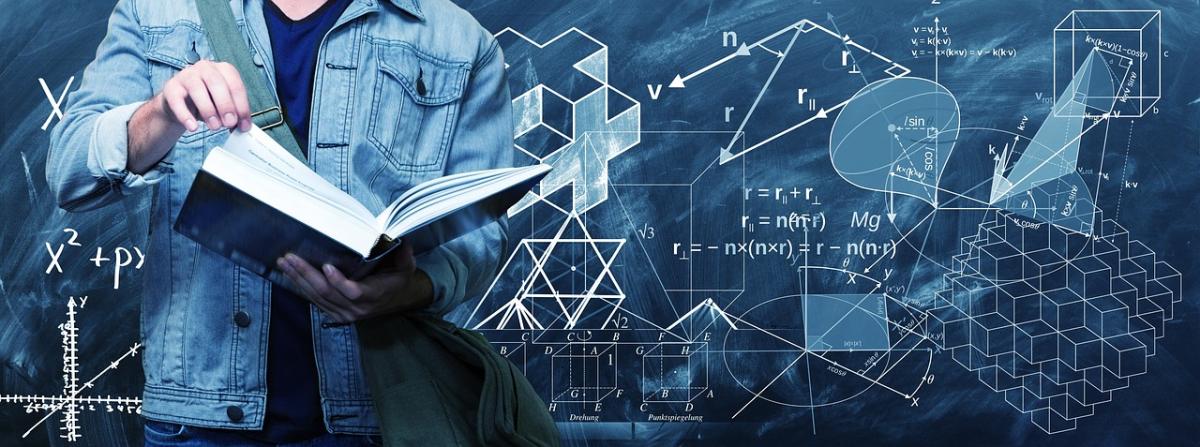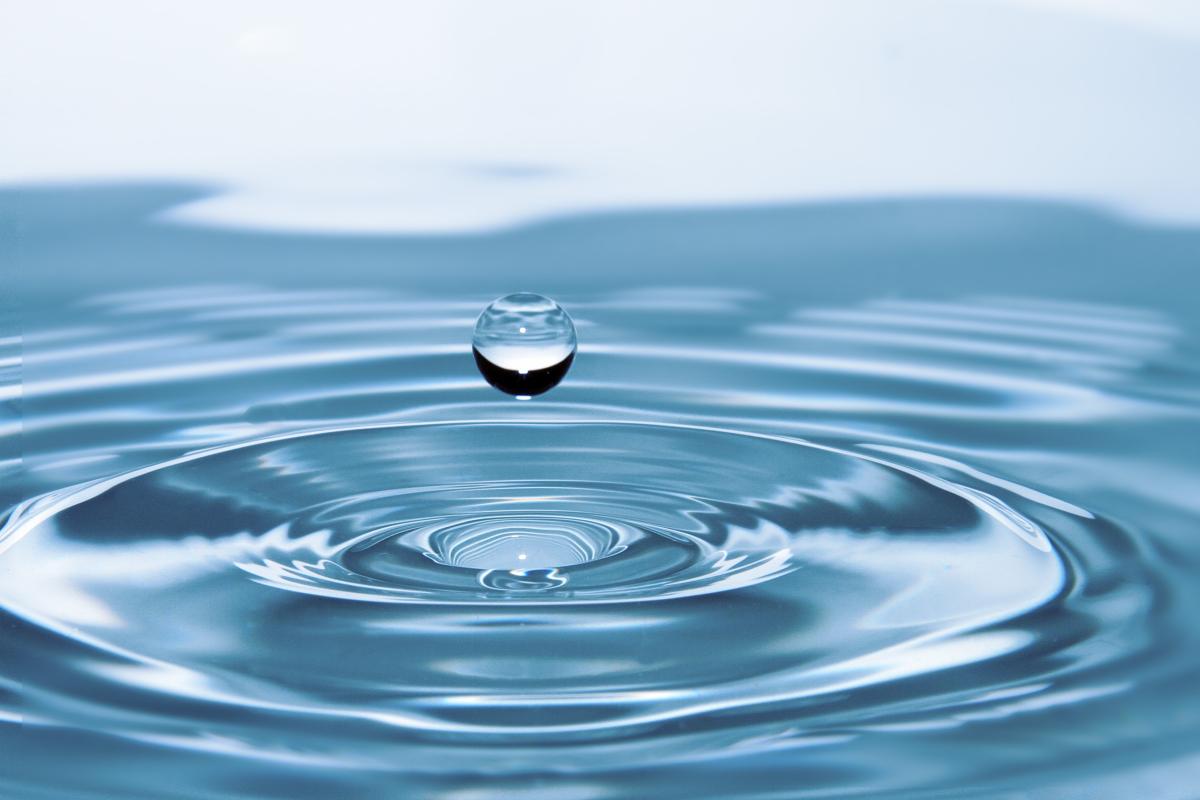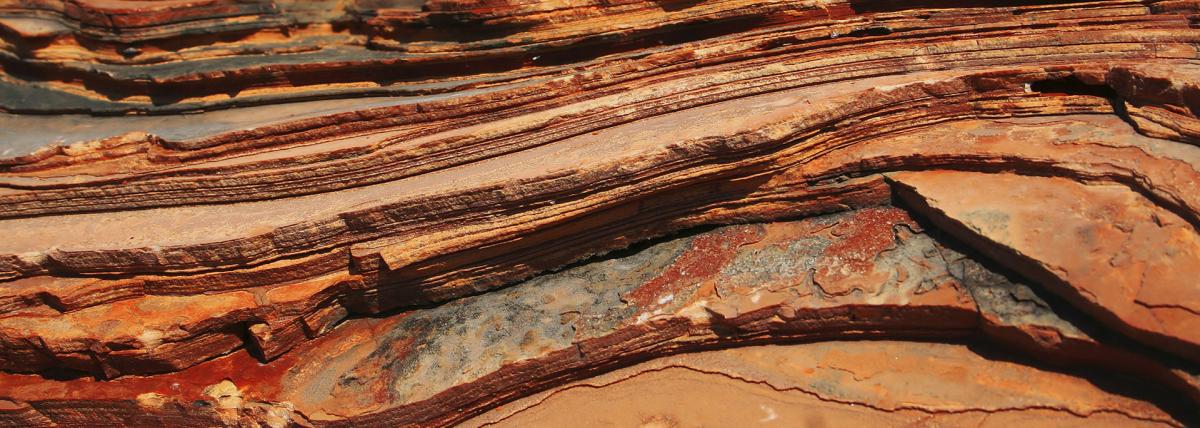
In this lesson, students will begin by exploring how animals can damage the plants in a garden bed. They will view and discuss the structures of various framed garden beds. Finally, they will design

In this lesson, students will be introduced to the career of architecture. They will use the design process to create a city with peers.

The Brilliance of Biomimicry
This lesson explores why architects and engineers use cylinders in building structures. Students will be introduced to the concept of biomimicry. They will observe cylinders in plants and compare and

Empower with solar, motors & wireless! Unravel renewable energy, motor tech & wireless applications in an engaging STEM journey.

This is part 2 of a unit. The other lessons are linked within each lesson. During this lesson, students will be encouraged to collaborate and imagine different solutions in order to connect the sides

This is part 1 of a unit, other lessons are posted. In this lesson students will use prior knowledge of how wheels and axles work in order to create two symmetrical sides of a ferris wheel. This

In this hands-on lesson, students will be challenged to complete an obstacle course with a Sphero/RVR/Edison through coding. Students will be given a task list to complete and will be timed. Math

This lesson provides opportunity to our students to apply their knowledge in solving real world problems. The students will create a new design for a cereal box using math, art and design. They also

How can we design and engineer sports venues of the future that practice sustainability? According to the Green Sports Alliance, 17% of the world's population follows science but about 80% follow

This hands-on lesson asks students to design and build a storage system that utilizes excess rainwater for the purpose of reuse in a garden. Students explore science, math, and engineering principles

This is the 3rd lesson in the series. In this lesson, students will select one building from their master-planned community to construct a 3D model that absorbs/releases 8% less than the surrounding

In this lesson, students will learn about the history of flight and the technological advancements that led to modern aviation. Students will learn about how the study of birds and other flying

This lesson is Part 2 of an engineering challenge. In Cooling Structure Challenge Part 2 students will use what they learned when they designed, built, and tested their prototype in Part 1. Often we

This is a four part STEM project that incorporates several of the fifth grade math & science standards. Time allowance is one-two weeks. Students are given the opportunity to research an animal

Lesson 2 of 4 Students will investigate and research key factors that impact urban heat islands. Equipped with evidence, students will draft a scaled drawing of a master-planned community applying

This lesson uses knowledge gained in parts 1 and 2 of this lesson. This lesson can be done independently if you do not have the other materials. Students will use many types of Snap Circuit sets to

This lesson includes slides sharing an introduction to 3D printing and how it works. Students will then research ways 3D printing is used in the real world.

In this lesson students will demonstrate their deeper understanding of how the concept of slope is applied to the real-world construction of the wheelchair access ramp. Students will use the knowledge

This lesson is part 2 of 2. In lesson one, students create a scale drawing (blueprint) of a sustainable house. In this lesson, students use their scale drawing to create a scale model of a sustainable

This is a lesson involving math, science, and engineering. Students are also required to write a reflection paragraph. Students will use a scale to create a scale drawing of a sustainable house that

Students will learn about the four types of seismic waves during an earthquake. Students will then use that information to design a house that can absorb a majority of the seismic waves, limiting the

This is a series of lessons where students will observe natural activities in the garden for five days. From the observation, they will identify the factors that have high probability of causing

In this lesson, students will participate in a hands-on activity to learn about area and perimeter while also learning about structures and functions of plants by designing a garden space that

Students will use the engineering and design process to create a marble maze.


